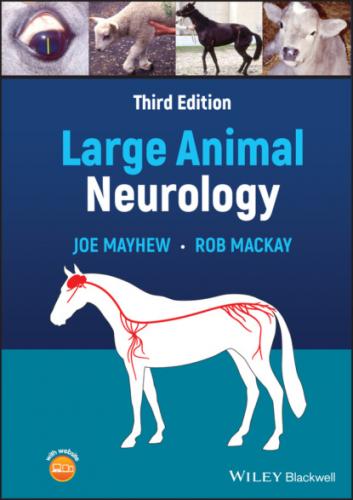Table 2.4 Prominent gait and postural abnormalities present with neurologic lesion at different locations
| Lesion location | Gait and postural abnormalities | ||||
|---|---|---|---|---|---|
| Postural deficits | Paresis | Ataxia | Hypometria | Hypermetria | |
| Forebrain | +++ | 0 | 0 | 0 | 0 |
| Brainstem | ++ | ++ | ++ | ++ | ++ |
| Vestibular | +++ | 0 | ++ | ++ | 0 |
| Cerebellum | ++ | 0 | +++ | + | +++ |
| Spinal cord central sensory and motor pathways | ++ | ++ | ++ | ++ | ++ |
| Final motor neuron (peripheral nerve) | ++ | +++ | + | (++)# | (+++)# |
| Musculoskeletal | + | ++ | 0 | + | 0 |
0 = not usually expected; + = mild if present; ++ = usually present; +++ = quite characteristically present
# = usually only with selective sensory fiber involvement
Abnormal behavior may be blatantly obvious (e.g., head‐pressing), very subtle (e.g., repeated yawning), may be difficult to distinguish from physiologic activity (e.g., an aggressive, diestrus mare), may require comment from keeper (e.g., failure to respond to commands), and can even occur with non‐neurologic problems (e.g., myotonia). We include seizure activity as abnormal behavior as well, partly because it reflects forebrain dysfunction and very often it is seen as such by an owner.
Figure 2.1 Example of a neurological examination form of large (and small) animal patients.
At this stage, while standing in front of the patient and holding the head collar with one hand for some degree of safety, make sure you have the patient’s attention by tapping lightly once or twice above the eye with your fingertips on a cupped hand to induce a combined visual and facial response of palpebral closure, proceeding to a menace response (Figure 2.2) from nasal and temporal fields. This is followed by observation of eye position and pupil size and symmetry using a bright penlight from 20 to 40 cm. Swinging the light quickly from illuminating one eye to the other and pausing for say 5 s in front of each pupillary aperture as the light source is brought closer in front of each eye, allows the immediate pupillary response to be observed, unencumbered by blinking. Any asymmetry or suspected deficit means that a dazzle response must be performed, and these tests need to be performed in dim and bright light, but not direct sunlight. With practice, the central fundus and optic disc can be directly inspected by looking along the shaft of light from a penlight; otherwise, an angle‐poise ophthalmoscope should be used. Evidence of optic nerve atrophy, peripapillary retinal lesions, globe position, trembling and ataxic eye movements, and nystagmus all can be detected.
Figure 2.2 A positive menace response is the observation that the patient blinks its eyelids in response to a minimally threatening hand gesture as shown. This is assumed to equate to the presence of visual perception. The opposite is not true as there are several reasons why a patient that appears to see perfectly well and does not bump into strange, nonodiferous objects in its visual field may not have this positive menace response. Attracting the patient’s attention using a light tap to the side of the face is useful to precede the test. If the visual threat is too strong, the patient will often pull the head away in a startle response without blinking. Whether or not the patient can see, this startle response, akin to the dazzle (blink‐to‐bright‐light) response, likely is subcortical, involving the midbrain and other brainstem structures without necessarily involving the forebrain visual cortex. Temporal and nasal visual fields of each eye in turn (the contralateral eye being kept covered) can be tested to evaluate uncrossed (at the optic chiasm) and crossed visual pathway fibers, respectively. This does however take a cooperative patient and some experience to be repeatable and reliable.
Again, while directly in front of the patient, eyeball position in the bony orbit along with the size of the palpebral aperture and the angle of the dorsal eyelashes can then be determined. Both ventral movement and induced, normal, horizontal nystagmus of the globe can then be evaluated by
